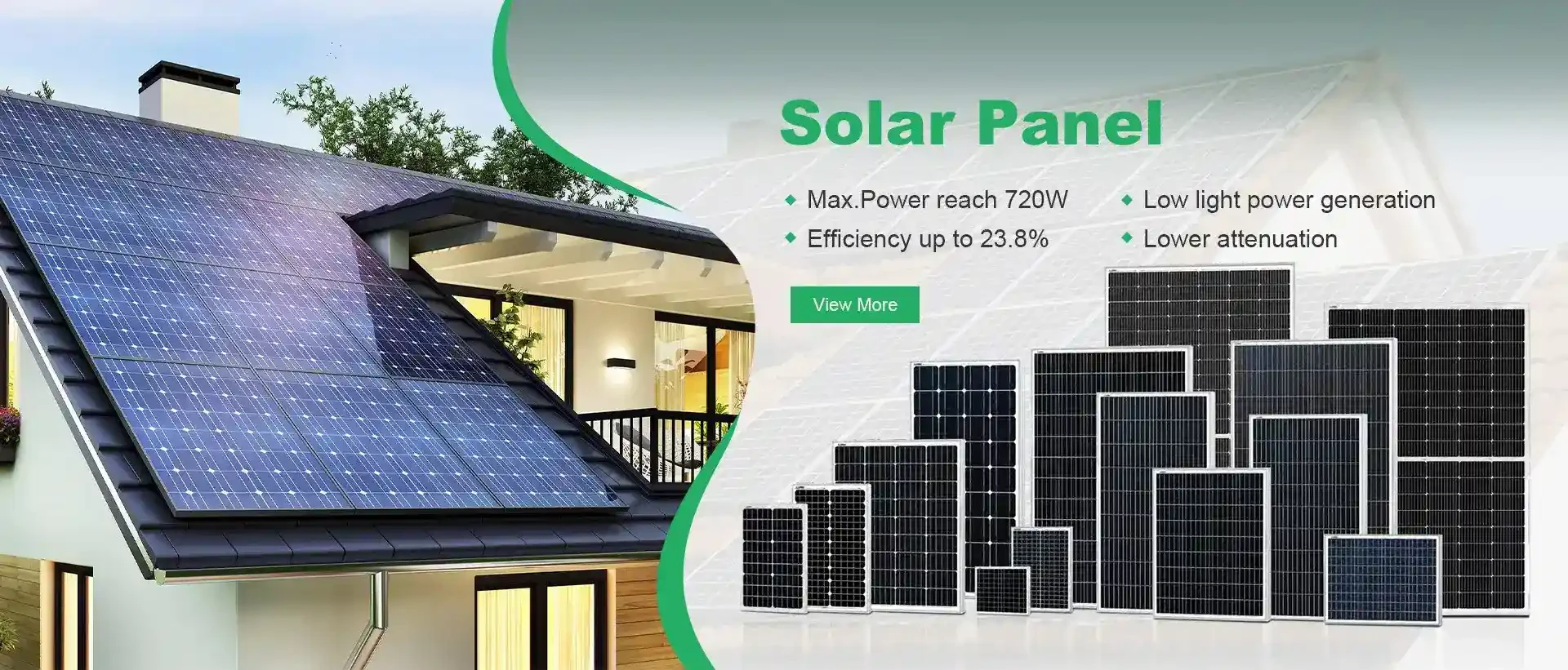Benefits and Applications of Monocrystalline Solar Panels for Modern Energy Solutions
The Benefits and Applications of Monocrystalline Solar Panels
In recent years, the quest for sustainable energy solutions has led to a growing interest in solar power. Among the various types of solar panels available on the market, monocrystalline solar panels have gained significant popularity due to their high efficiency and long lifespan. This article provides an overview of monocrystalline solar panels, highlighting their benefits, applications, and future potential in the renewable energy landscape.
Understanding Monocrystalline Solar Panels
Monocrystalline solar panels are manufactured from a single continuous crystal structure, typically made from pure silicon. This solid crystal formation allows for a more efficient transfer of electrons, resulting in higher energy conversion efficiency compared to other types of solar panels, such as polycrystalline and thin-film panels. The efficiency of monocrystalline panels generally ranges from 15% to 22%, making them suitable for a wide range of applications, from residential rooftops to large-scale solar farms.
Advantages of Monocrystalline Solar Panels
1. High Efficiency As mentioned, monocrystalline solar panels are known for their high efficiency, which means they can generate more electricity from the same amount of sunlight compared to their counterparts. This efficiency is particularly beneficial in urban areas where space is limited, allowing homeowners and businesses to maximize their energy output without requiring extensive roof space.
2. Longevity and Durability Monocrystalline panels are built to last. They typically come with warranties ranging from 25 to 30 years, reflecting their long operational life. They are also more resilient against temperature fluctuations and shading, which can affect performance in less efficient panel types. Their durability makes them a worthwhile investment in the long run.
3. Aesthetic Appeal The uniform black color of monocrystalline solar panels gives them a sleek and modern appearance, which can enhance the visual appeal of rooftops. This aesthetic quality makes them a popular choice among homeowners looking to integrate solar technology without compromising the design of their homes.
4. Lower Space Requirements Given their high energy efficiency, monocrystalline panels require less surface area to generate the same amount of electricity as polycrystalline panels. This characteristic is particularly advantageous for installations in areas where space is at a premium.
monocrystalline solar panels

Applications of Monocrystalline Solar Panels
1. Residential Solar Systems Homeowners increasingly turn to monocrystalline solar panels to reduce their electricity bills and increase their energy independence. The integration of solar technology into home energy systems not only cuts costs but also contributes to environmental sustainability.
2. Commercial Installations Businesses, from small enterprises to large corporations, are adopting monocrystalline panels to harness solar energy for their operations. Many companies see the installation of solar panels as a strategic investment that not only lowers operating costs but also enhances their brand image as environmentally conscious organizations.
3. Utility-Scale Solar Farms Monocrystalline solar panels are often used in large-scale solar farms due to their efficiency. When deployed in vast numbers, these panels can significantly contribute to the power grids, providing clean energy to communities and reducing reliance on fossil fuels.
4. Off-Grid Applications In remote locations or places where access to the power grid is limited, monocrystalline panels can be utilized in off-grid solar systems. These systems power homes, cabins, and other facilities, providing essential electricity in areas where it would otherwise be unattainable.
Conclusion
As the world continues to seek sustainable energy solutions, monocrystalline solar panels have emerged as a leading choice due to their high efficiency, longevity, and aesthetic appeal. Their applications span across residential, commercial, and utility-scale uses, demonstrating their versatility in meeting the diverse needs of consumers.
With advancements in technology and growing support for renewable energy from governments and organizations worldwide, the role of monocrystalline solar panels is likely to expand even further. As more individuals and businesses embrace solar technology, the transition toward a greener, more sustainable future seems not only feasible but inevitable. Investing in solar energy, particularly through the use of monocrystalline solar panels, is not just an energy choice but a significant step toward environmental stewardship and energy independence.
-
Unlocking Energy Freedom with the Off Grid Solar InverterNewsJun.06,2025
-
Unlock More Solar Power with a High-Efficiency Bifacial Solar PanelNewsJun.06,2025
-
Power Your Future with High-Efficiency Monocrystalline Solar PanelsNewsJun.06,2025
-
Next-Gen Solar Power Starts with Micro Solar InvertersNewsJun.06,2025
-
Harnessing Peak Efficiency with the On Grid Solar InverterNewsJun.06,2025
-
Discover Unmatched Efficiency with the Latest String Solar InverterNewsJun.06,2025







